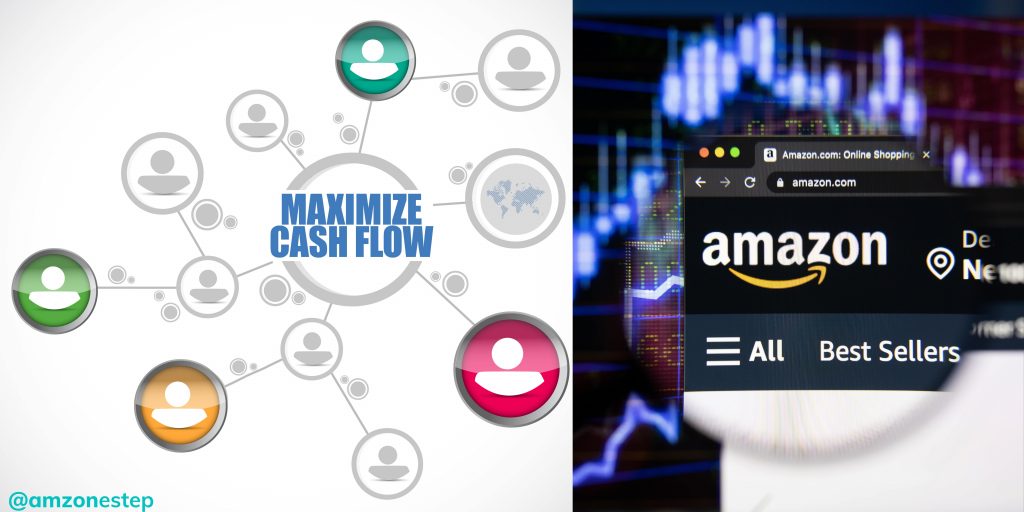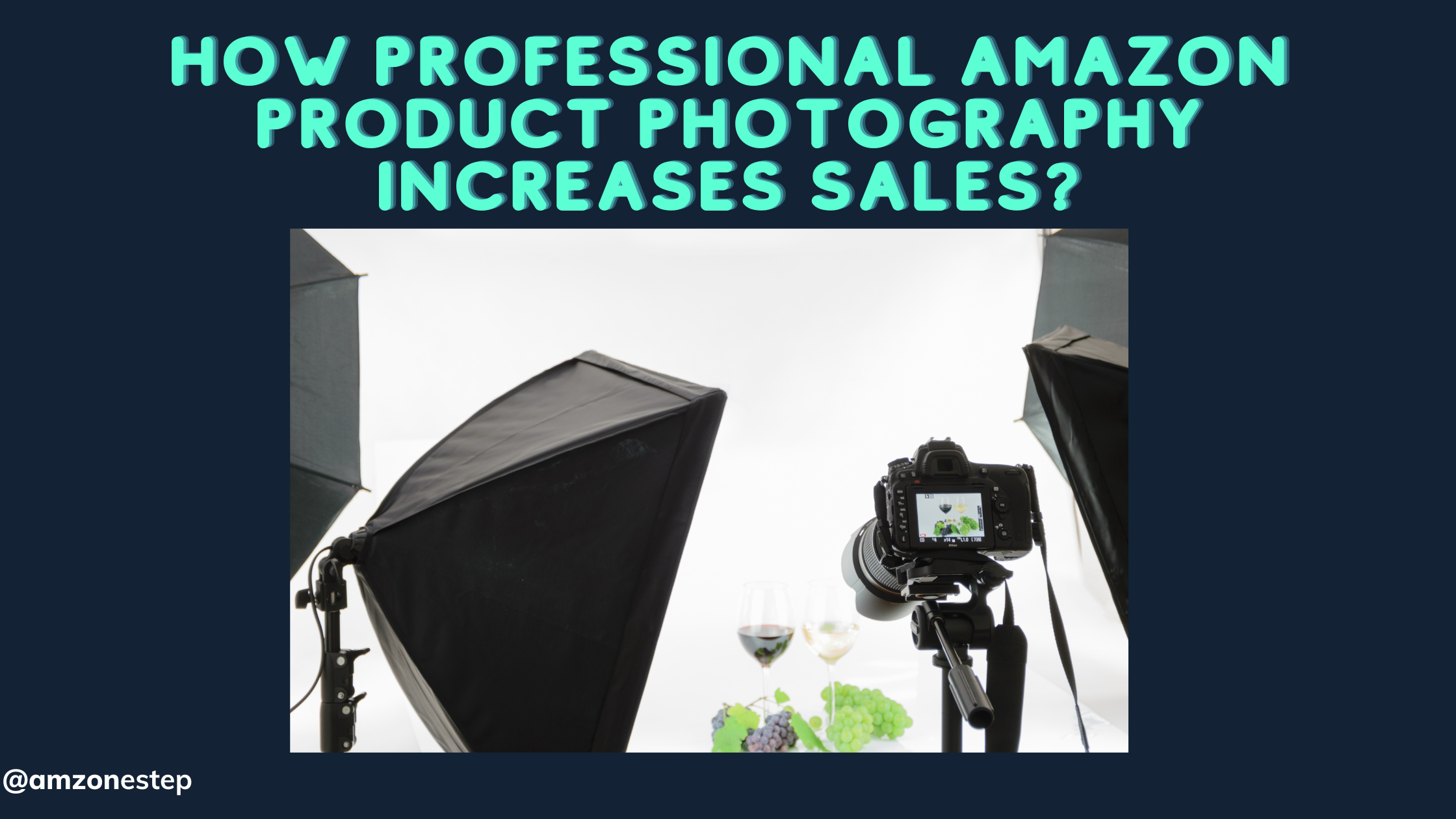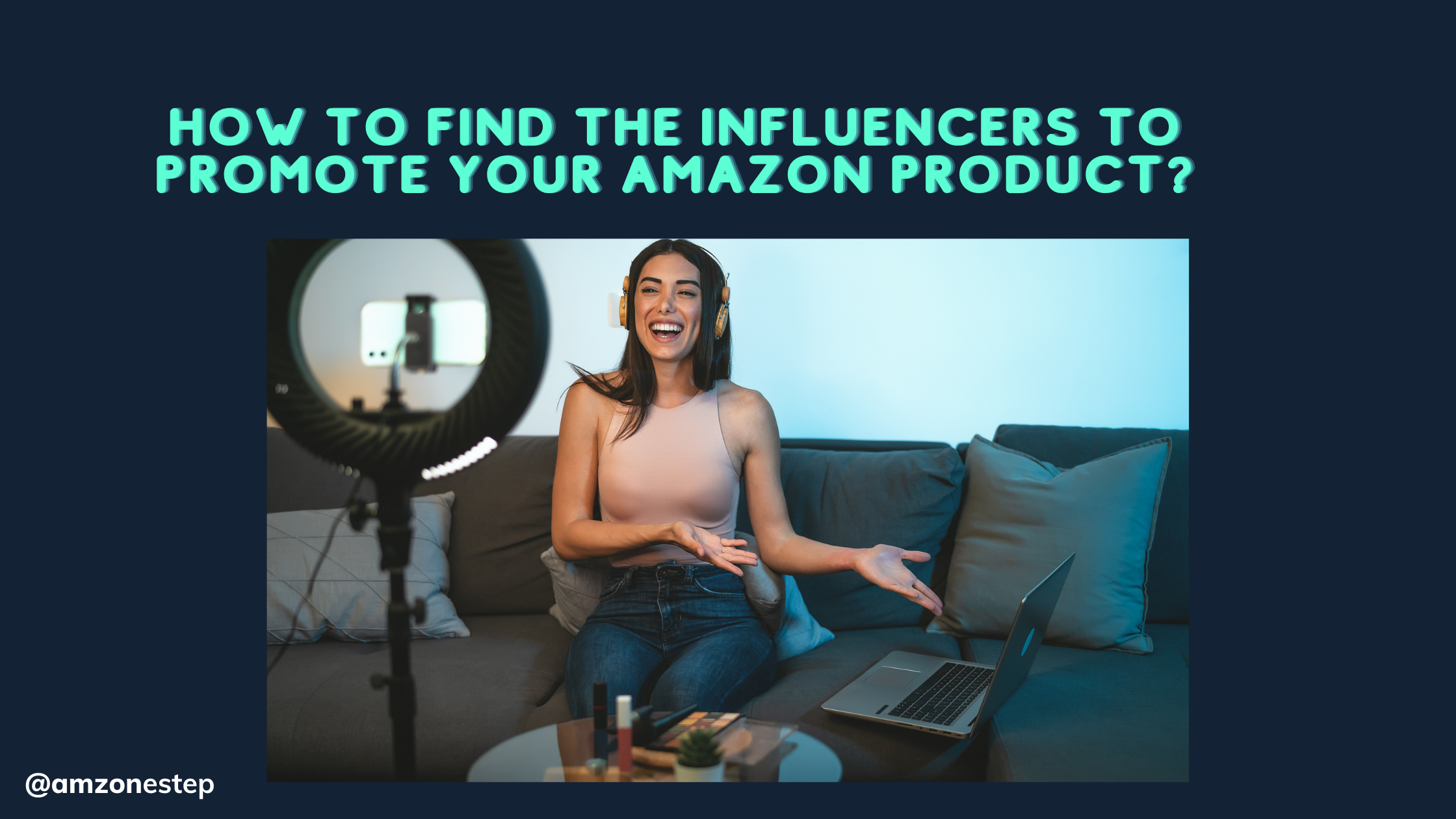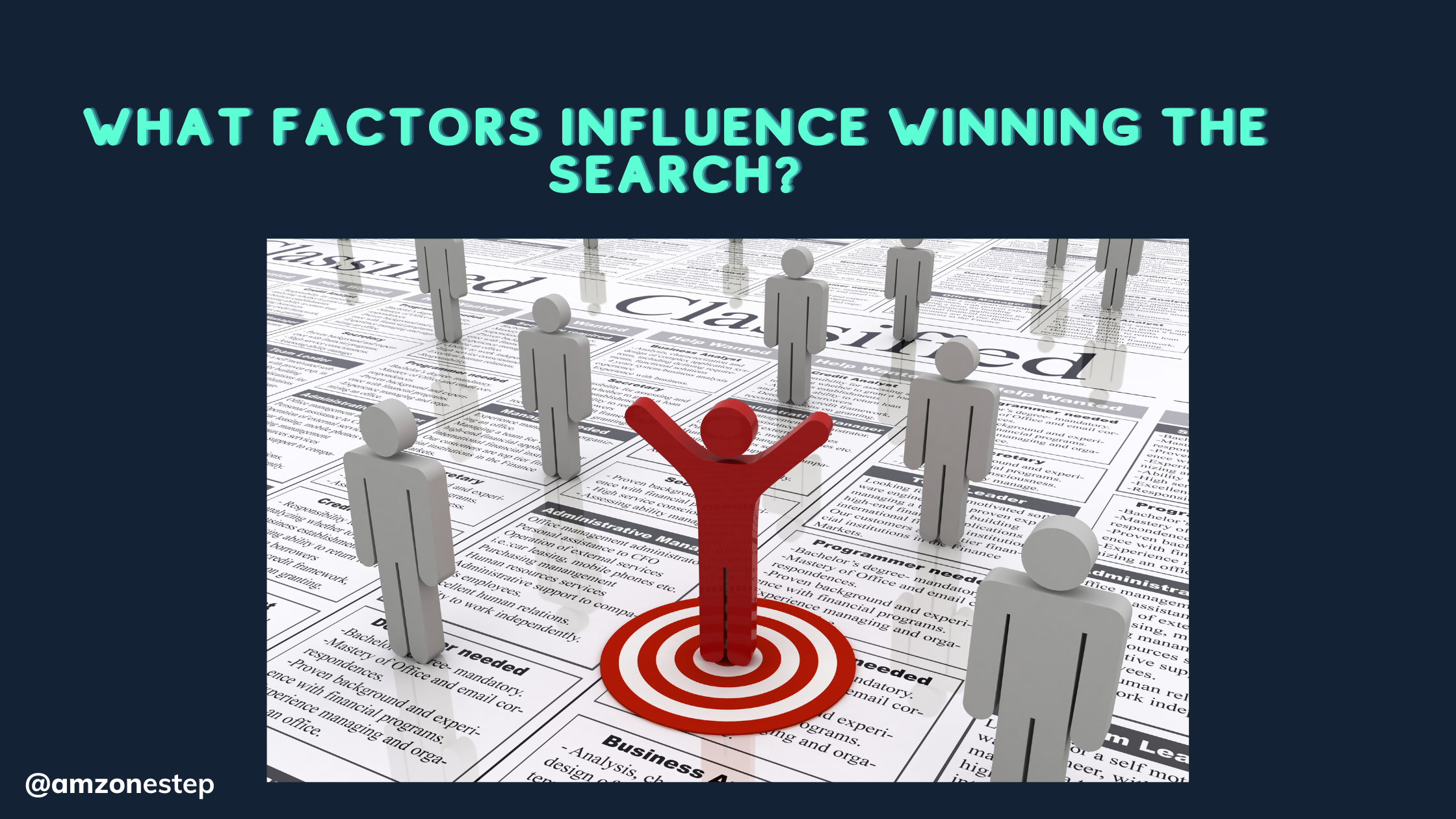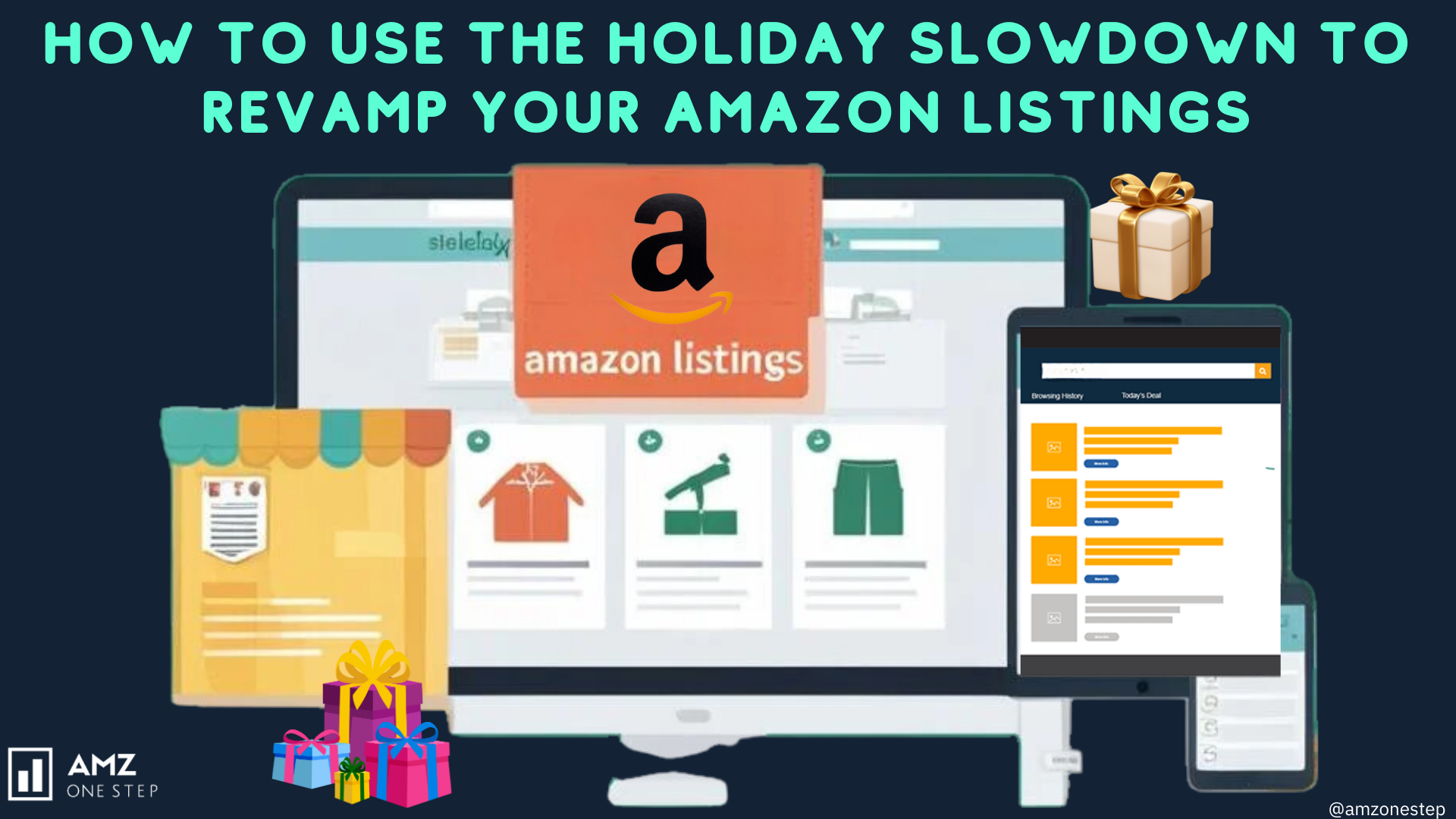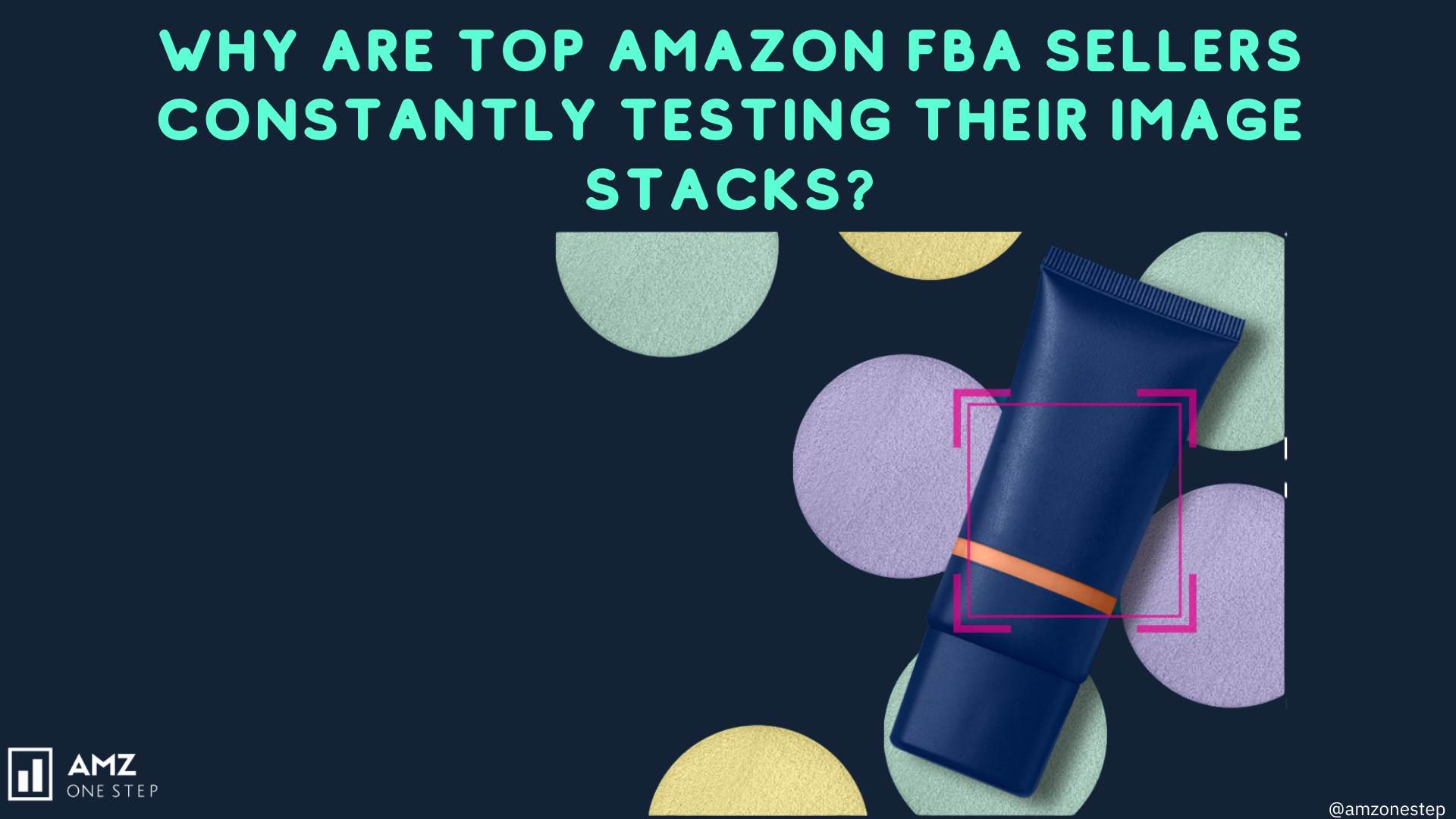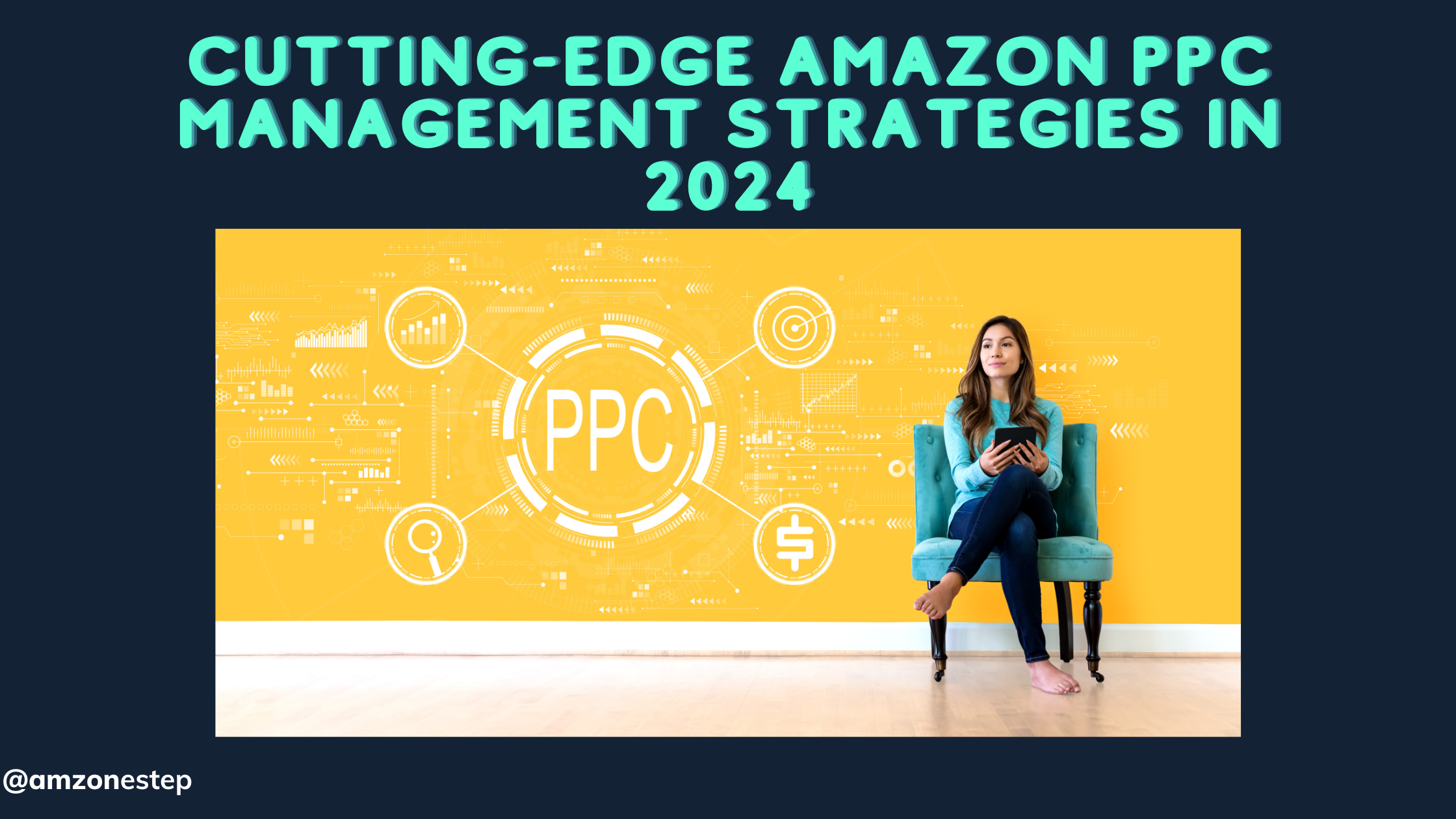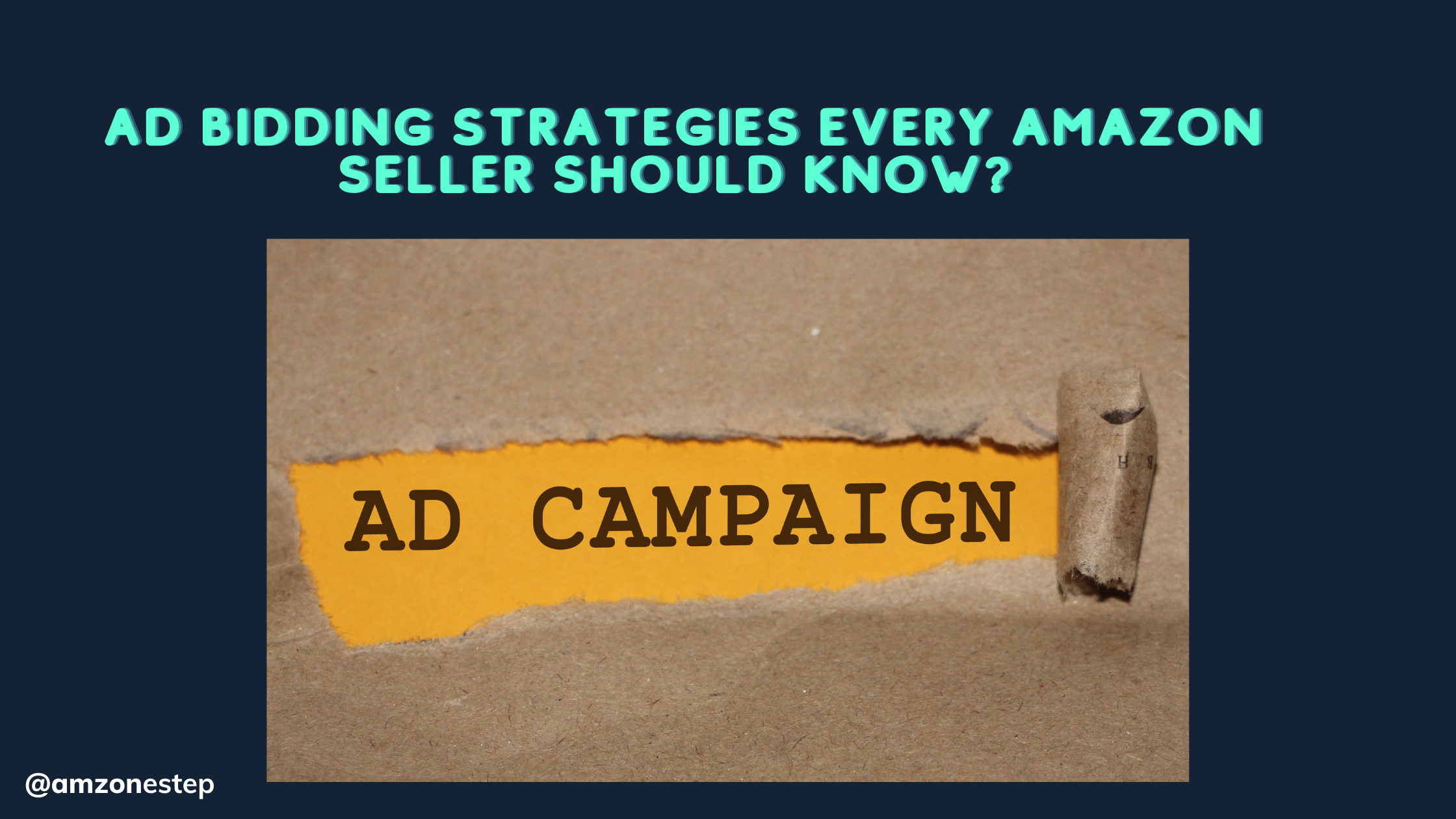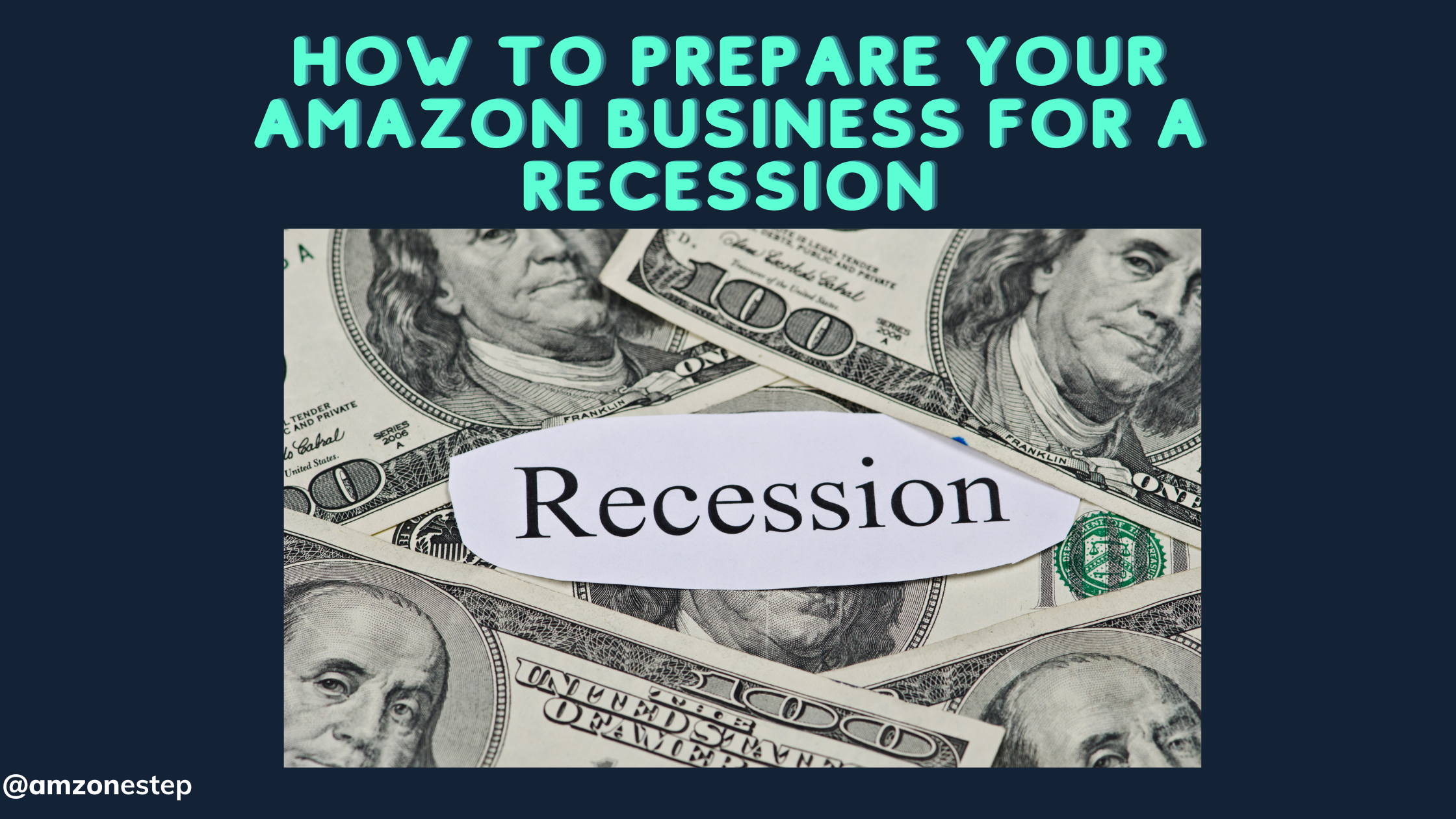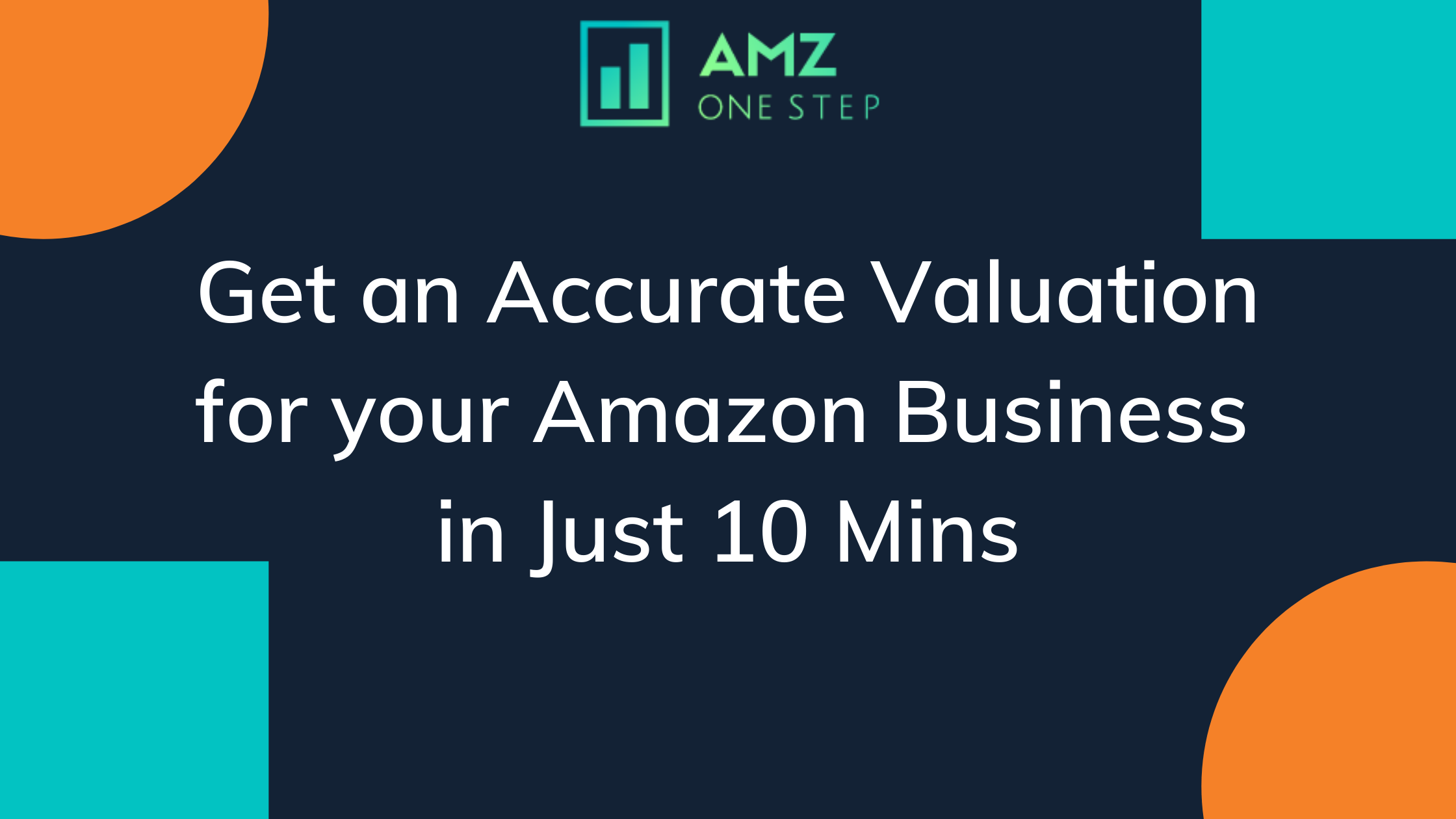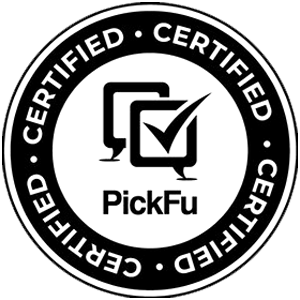Amazon FBA brands use the same Amazon strategies like everyone else, but with FBA some things are a little… different. Fulfillment by Amazon, or FBA, has its own special rules and regulations, so Amazon FBA brands need to change up their approach if they want to maximize their profits.
But how, exactly? Below, we share 7 expert tips for Amazon FBA brands on how to improve sales and cut costs. If you’re thinking of switching your Amazon seller account to FBA, consider these techniques.
1. Sell small and lightweight products
Amazon FBA brands have concerns that other Amazon sellers don’t, and perhaps the biggest is Amazon storage fees. When using FBA, sellers store their goods in Amazon fulfillment centers, where Amazon’s team handles the shipping. While this gives sellers one less thing to worry about, it’s not a free service; Amazon FBA brands have to pay extra fees, including fees for both storage space and product weight.
When you factor in Amazon FBA storage fees, you see that certain products cost much less: small products (items that don’t take up much floor space) and lightweight products (items with a low shipping weight). To maximize profits with FBA, you want to minimize storage costs; if you’re selling large and heavy items, use the FBA revenue calculator to see how viable it is for you.
2. Research profitable products
Amazon success depends on demand. Aside from selling evergreen products, it’s always best to research what products are trending before you add new lines or expand your range. That goes double for Amazon FBA brands; products that don’t move quickly accrue more storage fees that cut into profits.
We recommend using keyword research to see what people are searching for when they go on Amazon. Paid tools like Helium or Jungle Scout can help with the data, but if you don’t want to spend extra money, you can always do it yourself. Simply experiment with different keywords and product names in Amazon’s search function to see what comes up—keep your eyes peeled for market openings or opportunities to undercut competitors’ pricing.
3. Avoid seasonal and slow-moving products
Amazon FBA brands avoid seasonal products for the same reason they favor small and lightweight items: storage fees. Selling seasonal goods can be an effective sales strategy, but for Amazon FBA brands it means that most of the year the products are just taking up space, and in an FBA facility, space is money.
Likewise, selling high-ticket items can yield a profit with just a handful of sales, but if those sales come infrequently the storage fees are going to cancel it out. Instead, Amazon FBA brands should focus on fast-paced sales: quick to sell, quick to restock. That’s the best way to mitigate those storage fees.
4. Optimize product listings
A well-made product listing impresses not only shoppers, but also the Amazon search algorithm. Optimized product listings appear higher on search results pages, and more frequently. So one of the best ways to increase sales on Amazon, even if you’re using FBA, is to improve your product listings.
There’s a lot of nuance and technical detail to creating the perfect product listing. You must understand sales strategies, SEO techniques, persuasive copywriting, and to some extent graphic design. If that sounds overwhelming, don’t worry—a lot of serious and full-time sellers use an Amazon Listing Optimization service to let the experts handle it for them.
5. Improve product photography
Even before shoppers arrive at your product pages, a top-tier product photo thumbnail alone can inspire a sale—while a low-quality one will keep them scrolling! Amazon product photography is essential to making it in ecommerce, where shoppers rely on images alone to gauge how a product will look, function, or fit.
Like optimizing a product page, Amazon product photography is also an isolated skillset. Even if you know your way around a camera, Amazon product photography in particular is a specialized field that requires expertise in both sales photography and Amazon’s special requirements. For that reason, many Amazon FBA brands opt instead to hire an Amazon Product Photography service for the best possible pictures.
6. Tighten your PPC campaigns
Advertising on Amazon can get fairly intricate, drawing on SEO keyword research and settling on the perfect bid. But with a little extra effort and knowing what to watch out for, you can give a significant boost in exposure and traffic to your most in-need products.
The key is to choose keywords that are high in search queries but low in competition. https://waldofleamarket.com/ phentermine online clinic This is no easy feat, as most of the popular keywords are already oversaturated with advertising bids. Still, by dedicating extra time and resources to keyword research, not to mention understanding how your particular shopper niche uses the search bar, you can effectively increase sales through advertising alone. If that still seems like too much, feel free to hire an Amazon PPC Management service.
7. Aim for products between $20 and $50
Between $20 and $50 is the golden price range for Amazon and ecommerce. People are more likely to buy low-cost items, but anything under $20 is difficult to profit from. The $20-$50 range appeals to a good mix of shoppers: impulse buyers, bargain hunters, and people who just don’t want to spend a lot of money.
When it comes to Amazon FBA brands, this price range is especially important. For one thing, products in this range tend to be small and lightweight, fitting with our first tip. Moreover, because items in this price range are easier to sell, they don’t spend too long in storage, cutting down your FBA fees. Add to that the customer satisfaction of having the product they want at an affordable cost, and you can see why this pricing range is so common.
What Amazon FBA Brands Need Most
Amazon FBA offers sellers a hassle-free way to store and ship goods, reducing a lot of the headaches associated with ecommerce. However, the trade off comes at a cost, literally—Amazon FBA brands are subject to extra fees, which means they have to sell more to break even.
All in all, to succeed with Amazon FBA requires a firm knowledge of both general ecommerce and the inner workings of the Amazon marketplace. For these you need time and experience, so if you’re new to Amazon, expect a learning curve.
On the bright side, if you don’t want to break in alone, you can always work with an Amazon service provider like us to help you learn the ropes. We offer general services like full account management, or specialized services like product photography, PPC campaign management, listing optimization, keyword ranking, and more. Schedule a free consultation now and we’ll answer any questions you might have. If you’re interested and want to hear a quote, schedule a free consultation call now, up to 60 minutes. We’ll answer all your questions and explain how we can help!

Kamaljit Singh is the Founder and CEO of AMZ One Step and a former Amazon seller. Kamaljit has been featured in multiple Amazon podcasts, YouTube channels. He has been organizing meetups all around Canada and the US. Kamaljit has over 350,000 views on his Quora answers regarding FBA. Kamaljit also founded AMZ Meetup where he organizes conferences for Amazon sellers.

